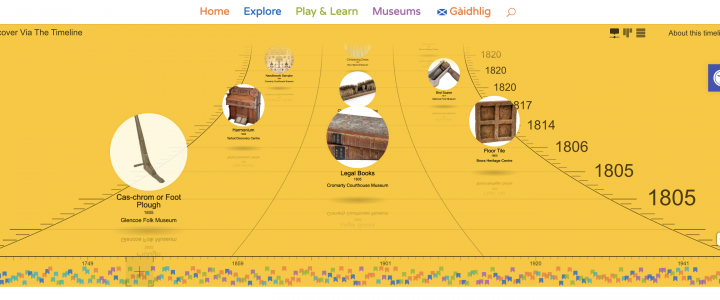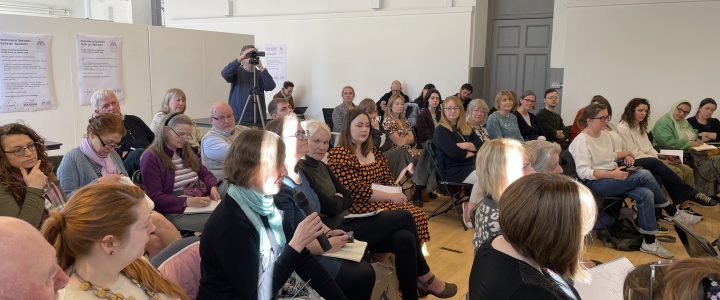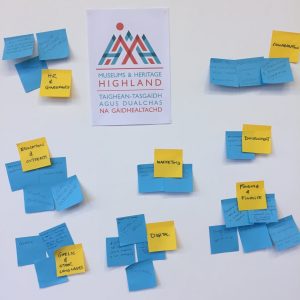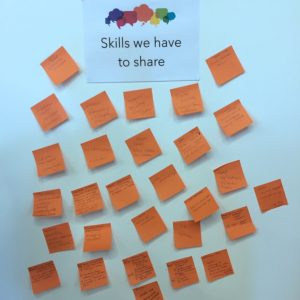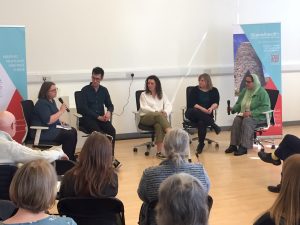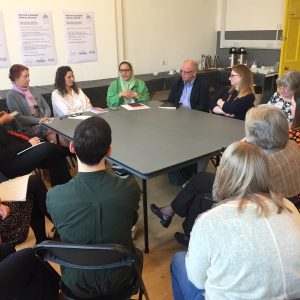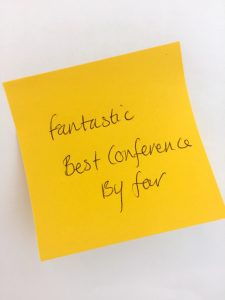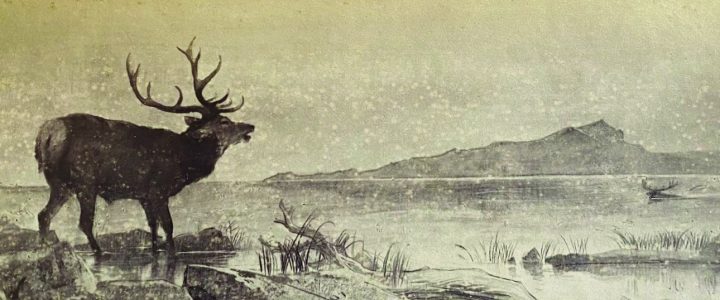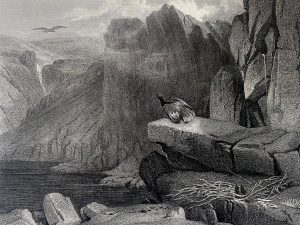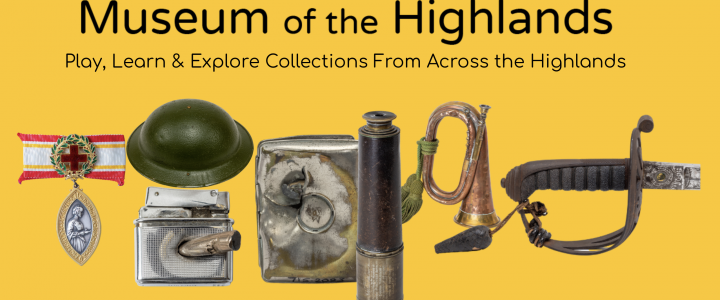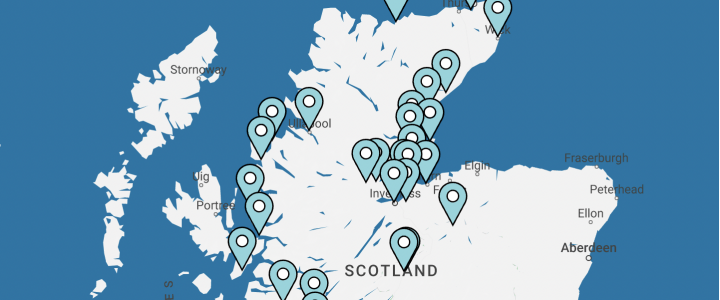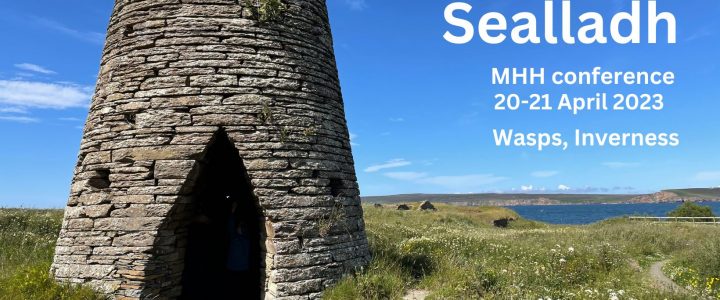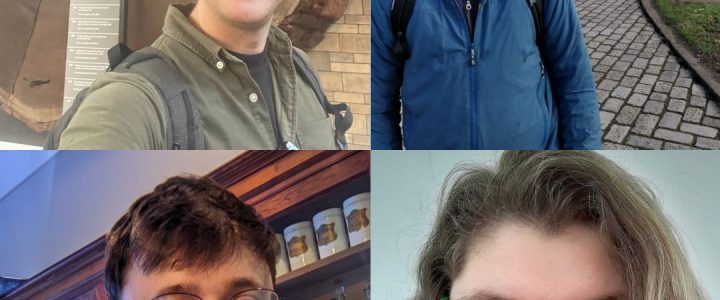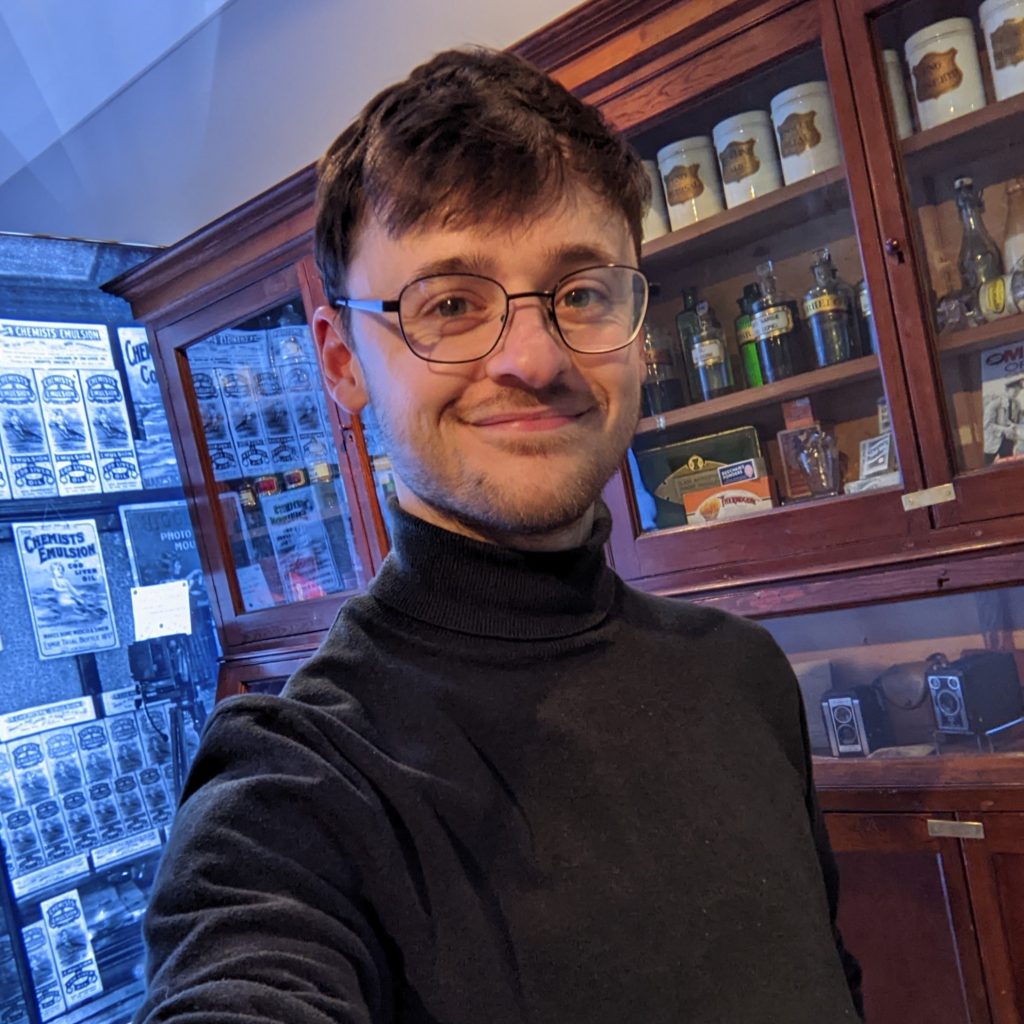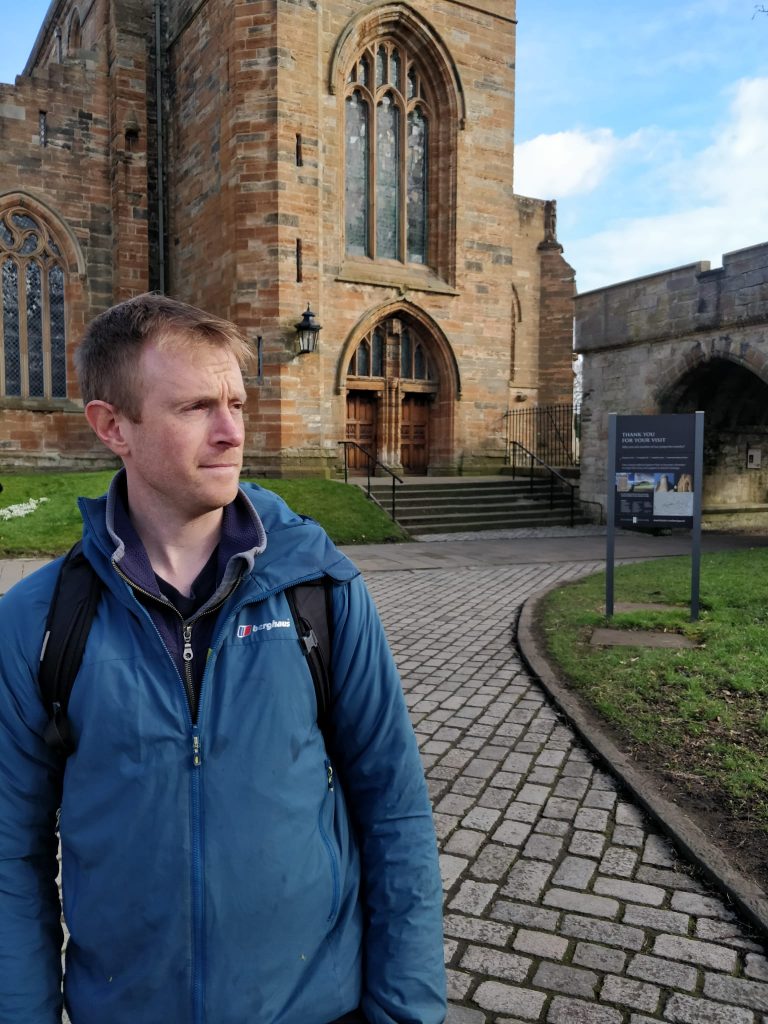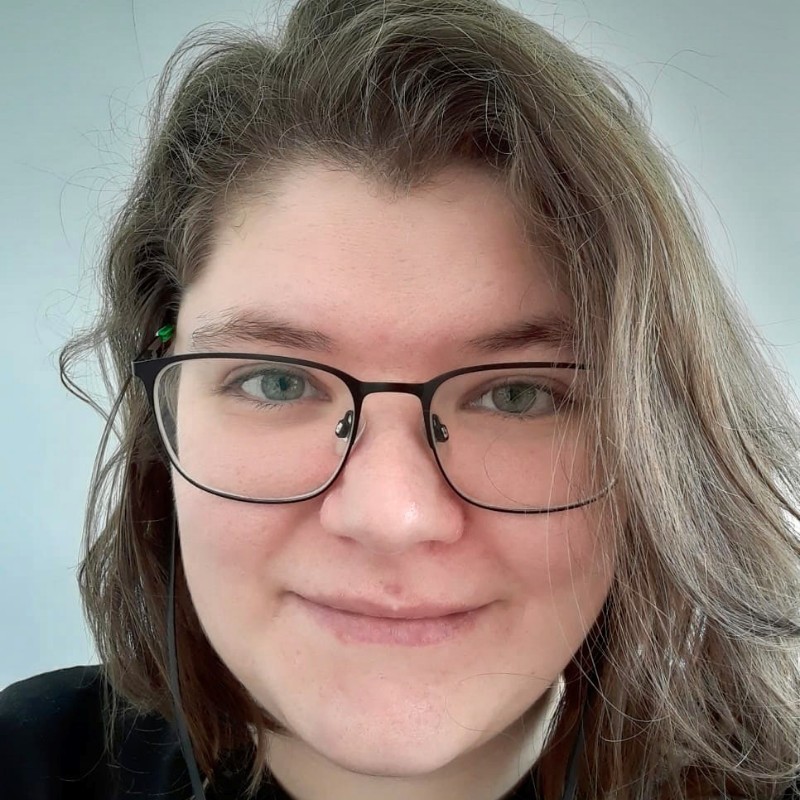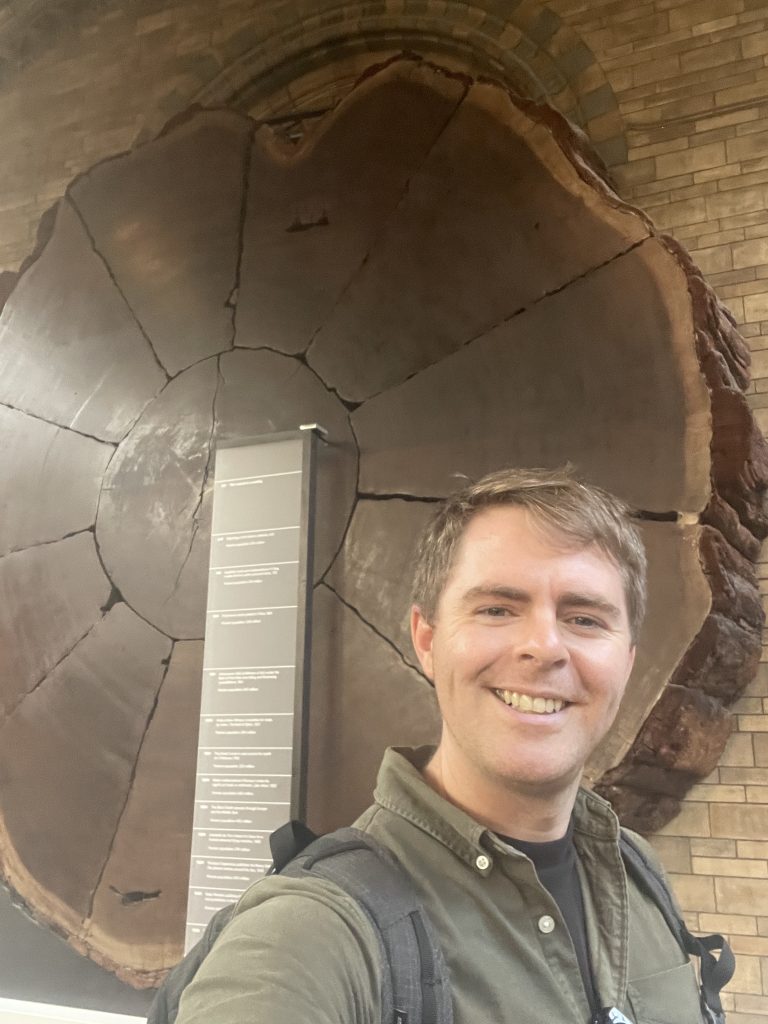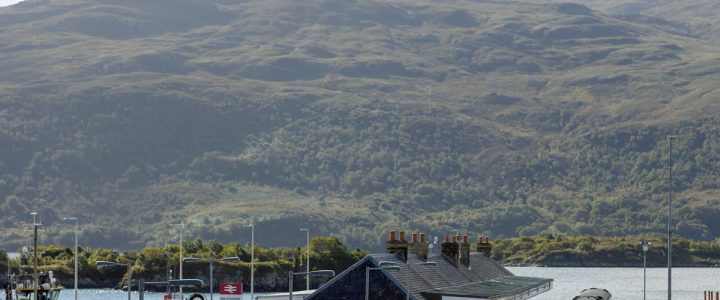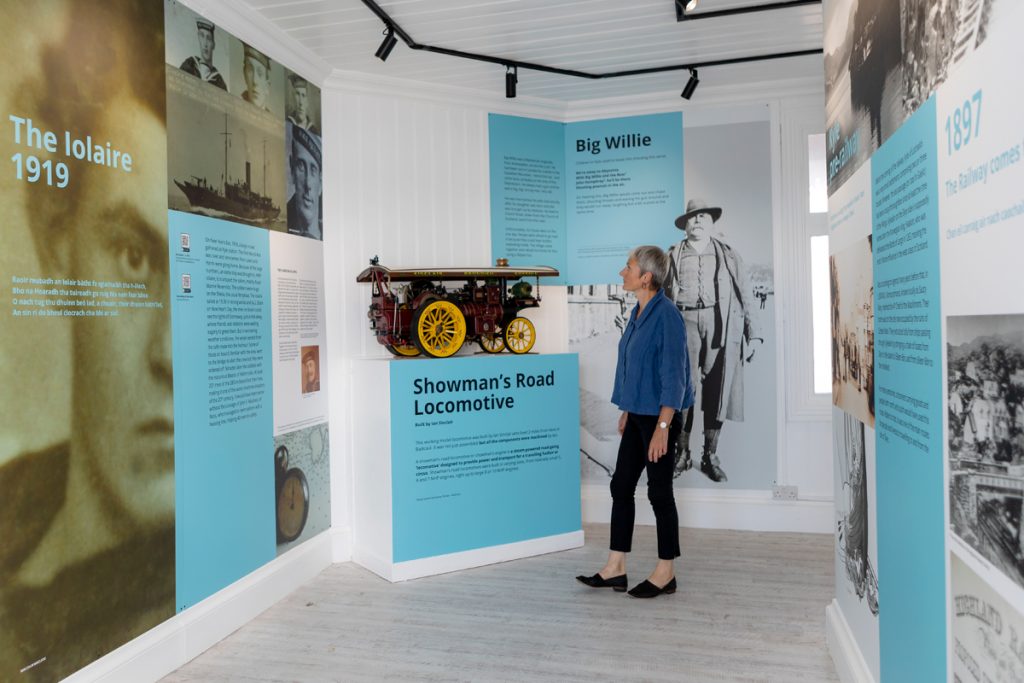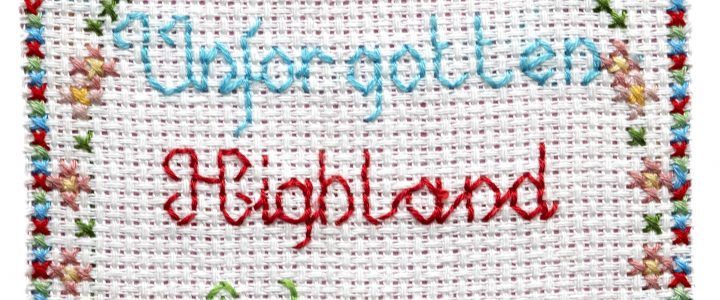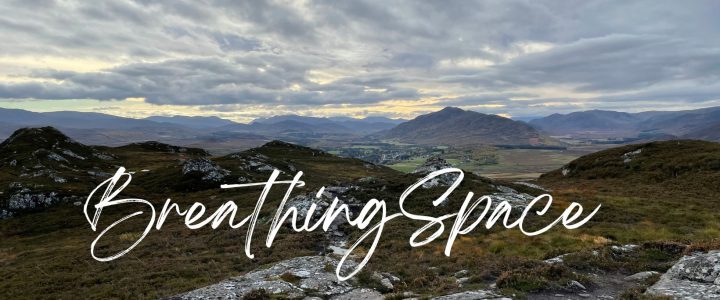Freya Samuel, Digital Learning & Interpretation Specialist, highlights a selection of objects showcased on the new Museum of the Highlands digital learning hub.
Over the last year, I have worked with fifteen incredible collections across the Highlands on the new digital learning hub ‘Museum of the Highlands’. The platform brings together around 350 objects from these collections into an immersive digital experience supported by a suite of exciting learning activities for schools.
A big part of this project has been drawing out the stories of people and places found within objects. The objects almost act as a vessel through which captivating stories of Highland history can be told. Before the big launch, I wanted to share a taster of some of the amazing objects that you will find.
Making a spectacle out of spectacles
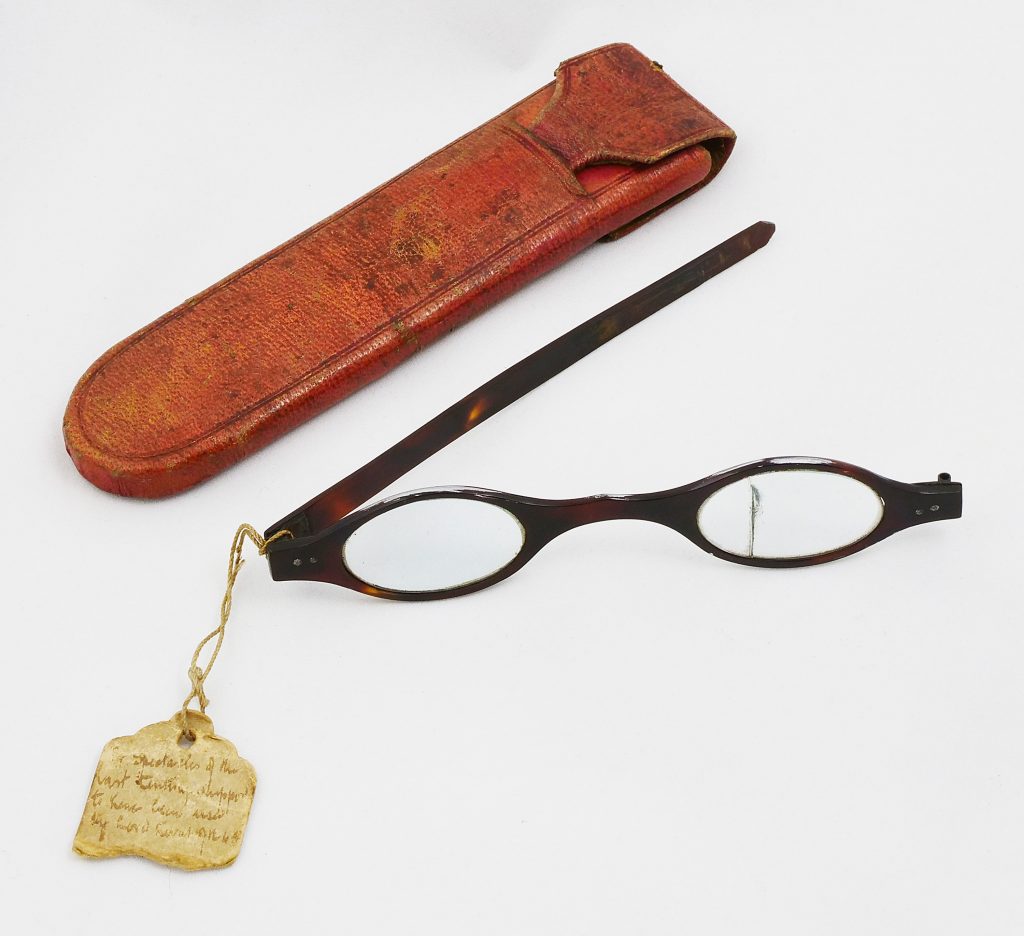
Although these unassuming tortoiseshell glasses may not look special, they have quite the story to tell. They are said to have belonged to Simon Fraser, 11th Lord Lovat, (1667 – 1747). Chief of Clan Fraser, he was a Jacobite nicknamed the ‘Old Fox’ for his double dealings, violent feuds, and changes of allegiance.
Lovat was convicted of treason for his part in the 1745 Jacobite Rising and sentenced to be hung, drawn and quartered. His punishment was commuted to beheading. On 9 April 1747, he was the last person publicly executed on Tower Hill, London.
Such a crowd gathered for his execution that a stand holding spectators collapsed and killed nine people. Lovat was so amused by the incident that legend has it that this is where the origin of the phrase ‘laughing your head off’ comes from – quite the spectacle!
Korean connections in Balintore

This beautiful porcelain vase reveals the unexpected links between the Seaboard village of Balintore, and South Korea.
In 1872, thirty-year-old Christian missionary, John Ross, was sent to northeast China. He founded the Dongguan Church in Shenyang and became acquainted with traders from Korea. Ross is a very important figure to modern-day Christians in South Korea, and the John Ross Centre, a key part of the history of the Seaboard villages, was funded by a South Korean Christian group.
This rare chinaware vase commemorates the founding of the Chinese Empire in 1916 by the Yuan Dynasty. It was donated by Elder Ahn Kee-Seok (a member of the group of South Koreans dedicated to preserving the history of John Ross) as a symbol of Korean culture and tradition.
A Celtic cushion with a tale to tell
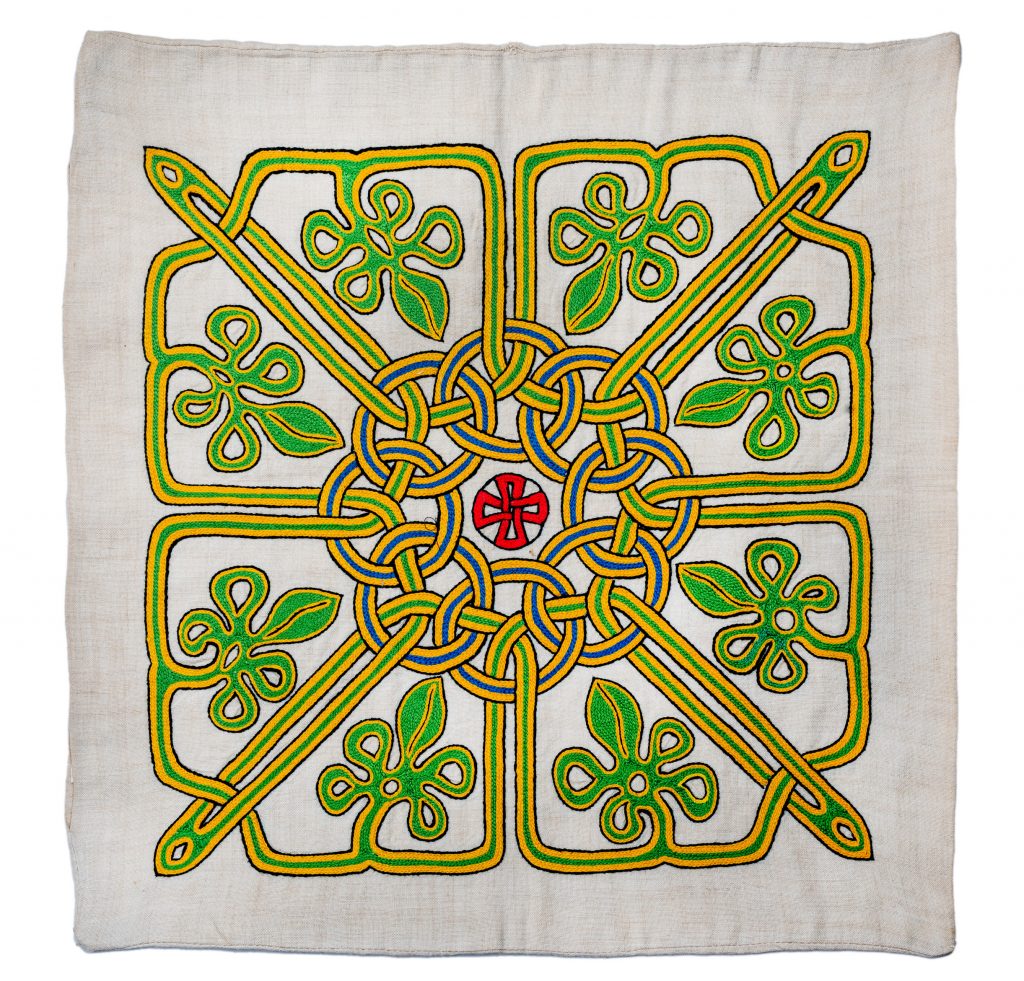
The fascinating story behind this hand-embroidered Celtic-style cushion cover lies with its maker, Kay Matheson. Matheson (1928 – 2013) was a well-known Scottish nationalist and Gaelic language lobbyist, born on the shores of Loch Ewe to a crofting family. She was famed for her involvement in the recovery/liberation (sometimes called theft) of the Stone of Destiny from Westminster Abbey on Christmas Day, 1950 when she was age 22.
A 3 billion-year-old object
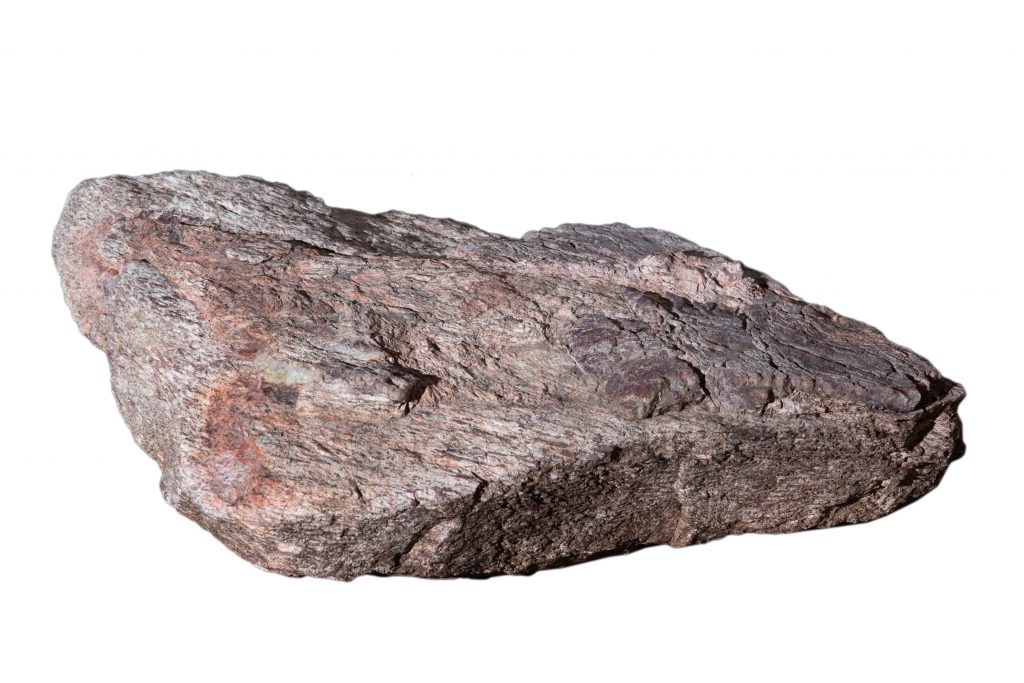
This may look like any ordinary rock at first glance. However, a well-trained eye could spot that this is actually a sample of one of the oldest rocks in the world – Lewisian Gneiss.
Formed three billion years ago, Lewisian Gneiss forms the basement rock for the coastal strip on which Gairloch is situated, as well as the Outer Hebrides, from which it takes its name. Over millennia, this area experienced numerous geological upheavals and now helps us to understand periods of intense volcanic activity when Europe began to split from North America.
These are only a few of the incredible stories the Museum of the Highlands will tell. From archaeology and ancient stones, to paintings, crofting tools, and complex colonial histories, there is so much to learn about the intricate, diverse, and fascinating heritage of the Highlands.
The Museum of the Highlands has been generously supported by the Art Fund and Museums Galleries Scotland. It is sponsored by Ilum Studio to help it grow and thrive post launch. We are grateful to all its supporters so far.

